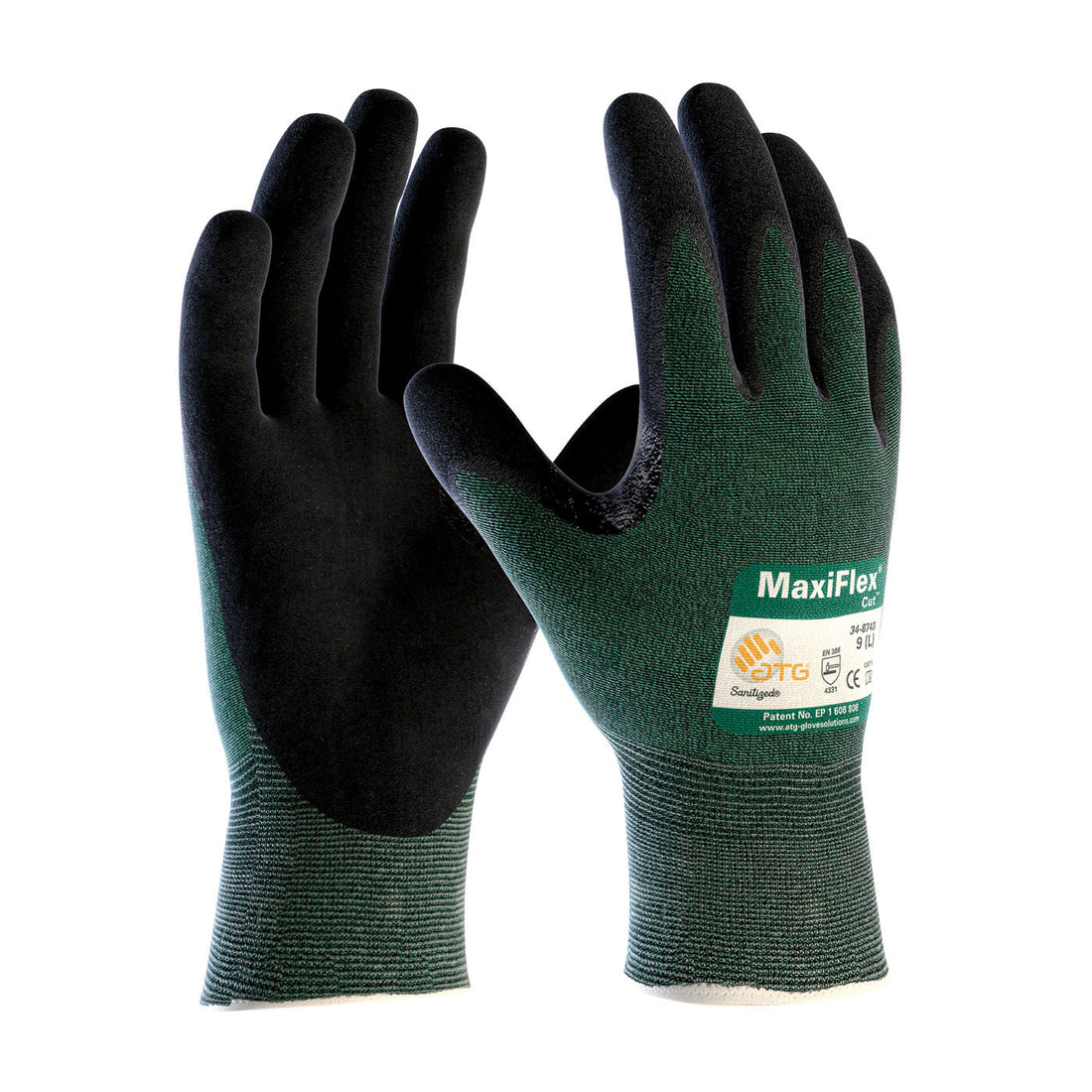When you’re buying a work glove with the purpose of protecting yourself from cuts and punctures, do you ever get confused as to which part of the glove is actually doing the protecting?
The coating of the glove is typically found on the palm and fingers of the glove. Usually it is a foam nitrile or other sort of rubberized material. Not only does this added coating enhance the wearers grip, but it does add a minimal amount of cut resistance in comparison with work gloves that do not have any coating.
If the rest of your glove, meaning the knitted body of the glove, is not rated as cut resistant, you should not count on the glove coating alone to provide protection against cuts. The palm coating is an enhancement of cut resistance to an otherwise sturdy and protective glove.
When looking for a cut resistant work glove, you should focus your search to the very building blocks of the glove, or really, the building yarn. In order to have a cut resistant knitted glove, you should search for work gloves that are constructed from very strong yarns and fibers that are para-aramids (like Kevlar brand) or a high performance polyethylene (like Dyneema brand). These two man-made materials are inherently cut resistant and are shockingly five to fifteen times stronger than steel! You should stay away from natural materials like leather or cotton, and even nylon, because those materials will not withstand cuts and punctures like the heavy duty manmade materials. Work glove made from a Kevlar or Dyneema type material will offer a complete cut resistance protection on all angles of the glove.
Some knitted work gloves are even engineered to where there is steel or fiberglass woven into one of those high performance yarns we mentioned before. This seriously increases the level of protection of an already strong glove.
The bottom line to remember when looking for cut resistant work gloves is not to depend on a glove coating for your protection. You need to get to the fundamental construction of the glove and ensure that it is made with some super strong fibers.




